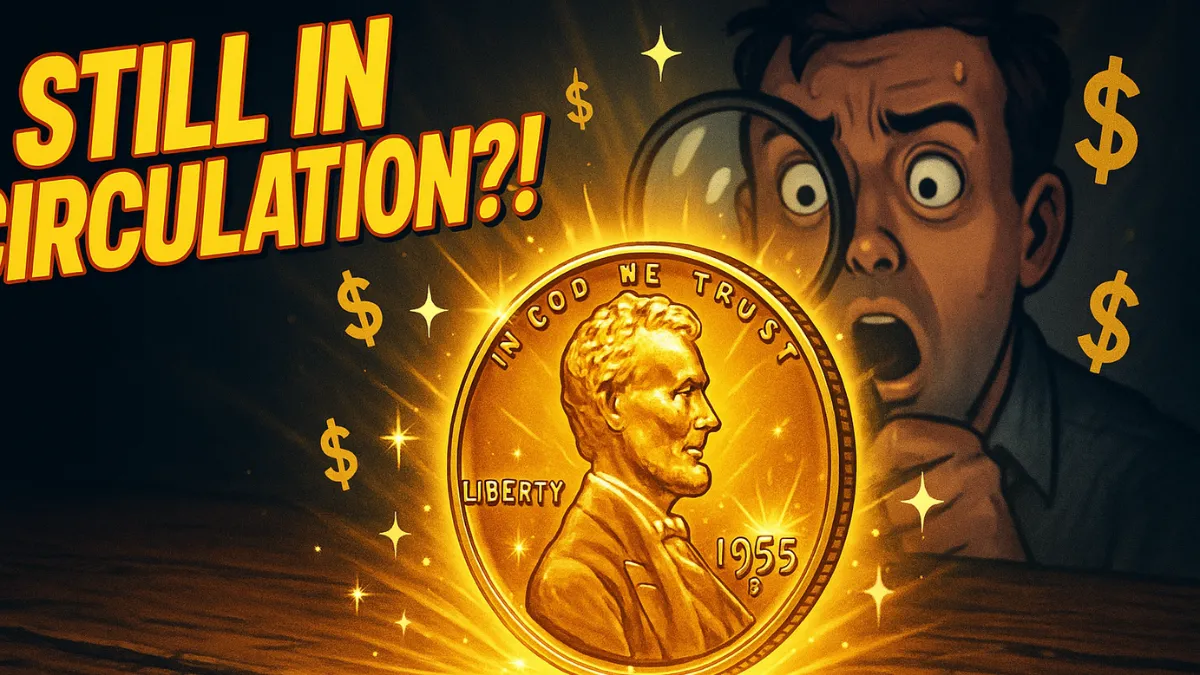Most of us have an old jar of coins collecting dust somewhere, right? But what if I told you one of those pennies could be worth nearly two million dollars? Believe it or not, one seemingly ordinary coin—the Lincoln Wheat Penny—has sold for an incredible $1.9 million.
It’s the kind of story that makes you want to check your spare change immediately.
A Penny with Presidential Roots
The Lincoln Wheat Penny first rolled out in 1909 to celebrate Abraham Lincoln’s 100th birthday. This was historic—it marked the first time a real person appeared on U.S. currency. Designed by Victor D. Brenner, the coin featured a dignified side profile of Lincoln on the front, and two wheat stalks on the reverse. Simple, classic, and destined for greatness.
Originally just pocket change, this penny has become one of the most sought-after coins in the world.
Wartime Necessity Creates a Rare Mistake
Jump to 1943, during World War II. With copper needed for the war effort, the U.S. Mint produced pennies using zinc-coated steel that year. That’s why 1943 pennies usually look silvery, not coppery.
But here’s the twist: a few leftover bronze blanks from 1942 accidentally got used in the 1943 minting process. These rare errors—called “1943 bronze pennies”—ended up in circulation by mistake.
Today, only about 20 of these rare coins are confirmed to exist. One sold at auction for a jaw-dropping $1.9 million. An incredible payday for a tiny error.
Could One Still Be Out There?
That’s the big question. While most of these rare coins have already been discovered, collectors believe there may still be a few hiding in plain sight—maybe in a forgotten drawer, a dusty coin jar, or tucked inside a relative’s old wallet.
And that’s the magic. It turns everyday coin-checking into a modern treasure hunt. Who knows what your spare change might hold?
How to Spot a 1943 Bronze Penny
Think you’ve found one? Here’s how to check:
- Date: It must say 1943.
- Magnet test: Steel pennies stick to magnets. Bronze ones don’t.
- Color: Bronze has a rich brown-red color. Steel appears silver.
- Weight: A bronze penny weighs about 3.11 grams.
Even if your coin checks all the boxes, have it verified by a coin expert—many fakes are floating around.
Other Wheat Pennies That Can Be Valuable
Even if the 1943 bronze penny eludes you, several other Lincoln Wheat Pennies can fetch serious cash:
- 1909-S VDB: Early edition with the designer’s initials—very desirable.
- 1914-D: Minted in Denver, low in quantity, high in value.
- 1922 “No D”: A Denver penny mysteriously missing its mint mark.
- 1955 Doubled Die: The date and lettering appear doubled—a striking error.
Each of these coins tells its own story and continues to fascinate collectors.
Why This Coin Still Captivates
There’s something uniquely American about turning pocket change into a windfall. The Lincoln Wheat Penny has grown into more than just currency—it’s a symbol of luck, discovery, and potential.
As we move into an increasingly digital world, physical coins like these become treasured relics. They’re history in your hand, and for some, a smart investment.
So next time you sift through your change, take a closer look. You might just be holding a fortune.
FAQs
Q: How many 1943 bronze pennies exist?
A: Only around 20 genuine 1943 bronze pennies are known to exist today.
Q: Do 1943 bronze pennies stick to magnets?
A: No, bronze pennies don’t stick to magnets—only the steel ones from 1943 do.
Q: What is a 1943 bronze penny worth?
A: One 1943 bronze penny sold for as much as $1.9 million at auction.
Q: How can I confirm if my penny is real?
A: Get it professionally authenticated—many convincing fakes are out there.
